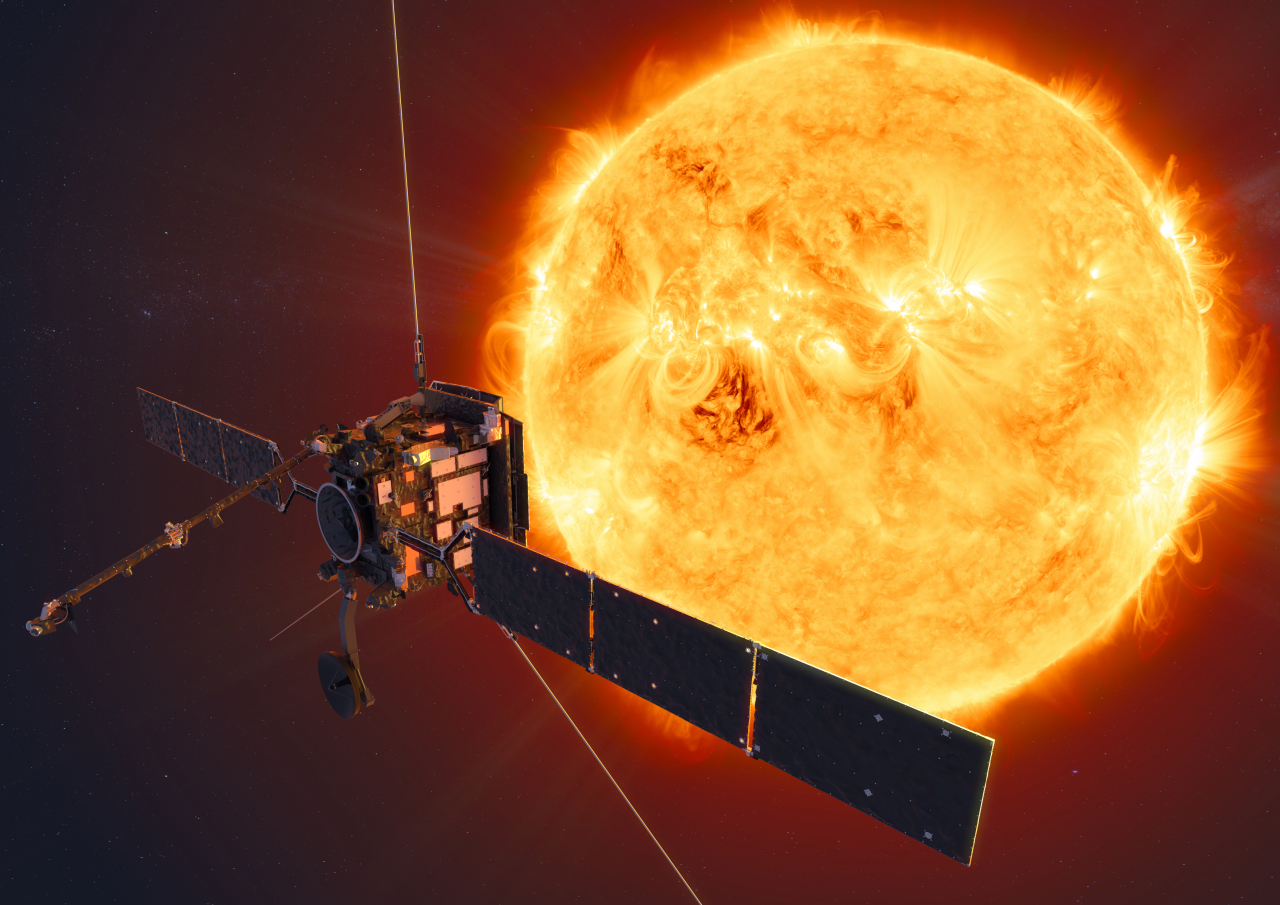
The Solar Orbiter Mission is a collaboration between ESA and NASA. The mission aims to understand how the Sun creates and controls the heliosphere. Scheduled for launch in February 2020, the mission will provide close-up, high-latitude observations of the Sun, aproaching the sun at 0.28 au at perihelion and reaching ~33º heliospheric latitudes at the latest stages of the mission. Solar Orbiter will reach its nominal orbit two years after launch. The nominal phase will cover 7 years of observations (13 years including a extension phase). SolO will serve of several gravity assist manoeuvres (GAMs) at Earth and Venus to increase the orbit inclination to provide unparalell observations of the solar poles.

The scienctific payload of Solar Orbiter comprises both remote-sensing and in-situ instruments. The in-situ instruments will operate continuously while remote-sensing observations will be carried out every orbit around closest approaches and at the minimum and maximum heliographic latitudes. Given the broad scientific instrumentation aboard and the peculiarities of every orbit, specific observational campaigns will be devoted to particular scientific objectives in the course of the mission. The instrumentation aboard includes:
In-situ instrumentation: Remote-sensing instrumentation: